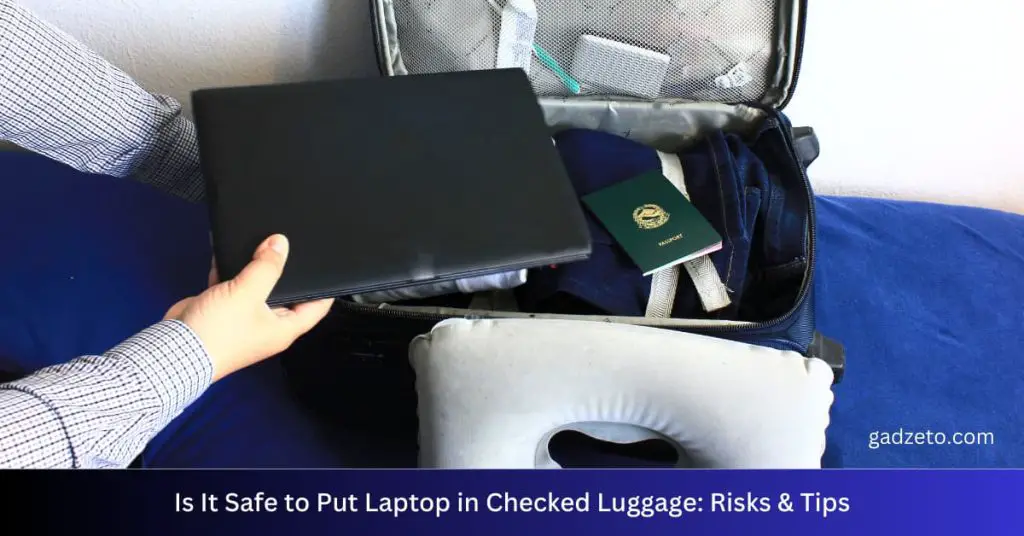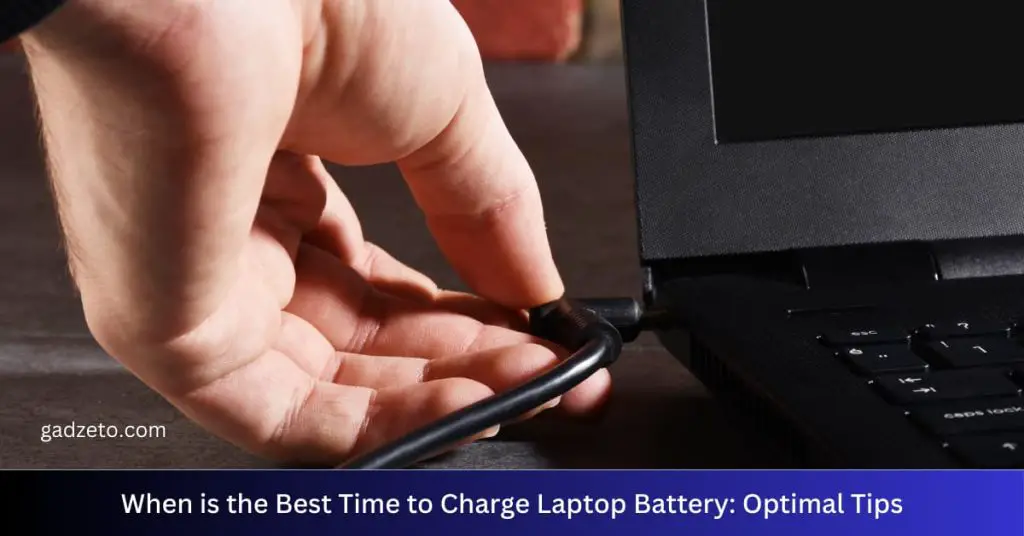Embarking on the purchase of a drone, you face a landscape filled with a wide array of options, each tailored to different skill sets and purposes. Prospective owners must navigate the crucial elements of drone regulations, which vary by region and can impact where and how a drone may be flown.
A clear understanding of the necessary skill level for operation is pivotal for a safe and enjoyable flying experience. Beyond the legal and experiential considerations, the market offers a spectrum of drones with diverse features ranging from camera quality to battery life, not forgetting the immersive world of First Person View (FPV) rigs. With the rise in drone popularity, manufacturers have also been keen on integrating user-friendly features that aid in both navigation and photography, making it essential to align your budget with a drone’s specifications and your actual needs. This preliminary knowledge will serve as a solid foundation for making an informed decision and ensuring a worthwhile investment in the world of aerial technology.
Evaluating Usage And Purpose
Before taking off into the world of drones, it’s crucial to assess why you want one. Drones serve diverse purposes, from casual flying to professional videography. Understanding your intended use is key to finding the perfect drone.
Identifying Personal Vs. Professional Use
Drone enthusiasts fall into two camps: personal and professional users. Personal use often means leisure activities such as photography for fun. Professional use relates to tasks like real estate photography or search and rescue operations.
- Check Locals Laws: Some areas have strict rules about flying drones.
- Budget Accordingly: Professional drones will cost more, due to advanced features.
- Know Your Skills: Beginners may need drones with easier controls.
Considering The Primary Function
The main function of your drone dictates the type you should invest in. Whether it’s racing, photography, or data collection, the drone’s specs should match its purpose.
| Purpose | Important Features |
|---|---|
| Photography | High-resolution camera, gimbal stabilization |
| Racing | Speed, agile controls, FPV capabilities |
| Inspections | Precision flight, zoom camera, thermal imaging |
Match your drone to its task to benefit from its use fully. Always remember that the right tool can make the job not just easier, but also more enjoyable.
Understanding Drone Regulations
Stepping into the drone world is exciting, but complex rules hover over the horizon. Before your drone takes flight, a solid understanding of drone regulations is imperative. These laws keep the sky safe for everyone. Let’s decode what you need to know.
Learning About Local Laws
Drone laws vary by location. What’s legal in one area might be restricted in another. It’s essential to research the laws specific to your region. This prevents unintended violations.
- Check for no-fly zones around airports, military bases, and national parks.
- Be aware of privacy laws that limit where you can record.
- Some places require permits for commercial drone activities.
Certification And Registration Requirements
Governing bodies often require pilots to be certified and drones to be registered. This depends on the drone’s size and use case.
| Drone Use | Requirement |
|---|---|
| Hobbyist | Online test, registration needed for drones over 250g |
| Commercial | Certification via in-person test, drone registration |
Remember to mark your drone with its registration number. Keep certification documents handy when flying.
Drone Types And Features
Entering the world of drones can be exciting and a bit overwhelming. They come in many shapes and range from simple toys to advanced flying robots. Understanding the varieties and specific features is crucial. It determines how you’ll pilot your drone and what you can achieve with it.
Comparing Different Models
Drones vary greatly in their design, size, and capabilities. Some are built for racing, cutting through the air at high speeds. Others focus on stability and are perfect for taking steady aerial photos and videos. Then, there are drones specifically designed for carrying different payloads, such as cameras or sensors.
Let’s examine the major categories:
- Mini Drones: Compact and excellent for beginners.
- GPS Drones: Built-in GPS for better tracking and accuracy.
- Racing Drones: Fast and highly maneuverable.
- Photography Drones: High-resolution cameras for clear images.
- Heavy Lift Drones: Designed to carry heavier equipment.
Critical Technical Specifications
Your drone’s performance hinges on its technical specs. Looking into these is akin to checking under a car’s hood. To ensure you get a drone that suits your needs, here’s a breakdown of technical specs to consider:
| Specification | Description |
|---|---|
| Battery Life | Indicates how long your drone can stay in the air. |
| Range | Maximum distance from the controller. |
| Camera Quality | Resolution and frame rate of the onboard camera. |
| Maximum Speed | How fast the drone can fly. |
| Gimbal | Stabilizes the camera during flight. |
| Obstacle Avoidance | Sensors that help prevent collisions. |
Each spec affects your drone’s usability. Good battery life means more airtime. A long range allows for distant flights. High camera quality ensures crisp images. Gimbal support is key for steady shots. Lastly, obstacle avoidance helps in tricky situations.
Budget Planning For Your Drone
Embarking on the exciting journey of drone ownership is thrilling. Yet, wise budget planning ensures a smooth takeoff. This guide helps navigate financial waters from setting budgets to ongoing costs.
Setting A Realistic Budget
Drones soar in variety and price. Knowing your purposes aids in choosing without overspending. Allocate funds wisely with a balance between necessities and desires.
- Entry-level drones start at a modest price, ideal for beginners.
- Mid-range models introduce advanced features for enthusiasts.
- High-end drones offer professional-grade capabilities, reflecting in their cost.
Determine your primary use – recreation, photography, racing, or commercial – and research the market for suitable options within your budget.
Cost Of Additional Accessories And Maintenance
Drone investment goes beyond the initial purchase. Accessories and maintenance form a continuous expense:
| Accessory/Maintenance Type | Typical Cost Range |
|---|---|
| Extra Batteries | $45 – $150 |
| Propeller Replacements | $2 – $20 |
| Carrying Case | $30 – $200 |
| Camera Upgrades | $100 – $2000+ |
| Annual Maintenance | $100+ |
Remember, regular check-ups prevent costly repairs later. Set aside funds for unexpected damages. Insurance is a wise investment for pricier models.
In essence, deliberate budgeting for a drone purchase and its upkeep ensures years of rewarding flight experiences.
Flight Time And Battery Considerations
Exploring the skies with a drone can be thrilling. Knowing your drone’s flight time and battery capacity is a must. These determine how long and how far you can fly.
Battery Life Expectations
Before purchasing a drone, understand its battery life. This tells you how long you can control the drone before it needs a recharge.
Most drones offer around 20 to 30 minutes of flight. Factors like weight, speed, and weather can affect this.
Check the product specifications for this info.
Charging Solutions And Spare Batteries
Consider charging options. Invest in a good charger for faster power-up times.
Buying spare batteries is smart. This lets you fly more between charges.
- Multiple batteries mean extended flight sessions.
- Look for universal charging ports for convenience.
| Battery Type | Approx. Charging Time | Approx. Flight Time |
|---|---|---|
| Lithium Polymer (LiPo) | 1-2 hours | 15-25 minutes |
| High-Voltage LiPo (HV LiPo) | 2-3 hours | 20-30 minutes |
| Lithium-ion | 2-4 hours | 30-40 minutes |
Camera And Imaging Options
Drones have transformed aerial photography and videography. Selecting the right camera is vital. It defines the clarity and detail of every shot. Understanding camera specs and imaging options is key. This guide focuses on image quality, stability, and live video feed features.
Image Quality And Stability
High-resolution cameras capture more detail. Look for drones with 4K or higher resolutions for crisp images. Pixel count matters. More pixels mean better photo quality.
Stability is crucial for clear images. Drones with gimbal stabilization prevent shaky footage. This feature is a must for professional-looking results. Some drones also offer electronic image stabilization (EIS).
Consider these factors:
- Sensor size: Larger sensors perform better in low light.
- ISO range: A wide range allows flexibility in various lighting conditions.
- Shutter speed: It affects motion blur and exposure.
Live Video Feed Capabilities
Live feeds let you see what your drone sees in real-time. This feature is essential for framing shots and navigating. It helps in avoiding obstacles too.
The feed’s quality and latency are important. Higher resolution feeds provide better previews. Low latency ensures a near-instant display of the drone’s view.
| Feature | Benefit |
|---|---|
| Resolution | Clear real-time imagery. |
| Latency | Immediate response for better control. |
| Range | Distance for maintaining a live feed. |
Wi-Fi and radio frequency are common transmission modes. Wi-Fi ranges are shorter. Radio frequency can offer longer range. Select based on your needs and drone specs.
Safety And Ethical Flying
When you buy a drone, think about safety and flying right. Drones are fun, but they come with big responsibilities. Know the rules. Fly smart. Keep others in mind. And protect privacy.
Ensuring Safe Operation
Before taking off, make sure you understand your drone’s capabilities. Always check the weather. Wind and rain can cause trouble. Know your drone’s range. Don’t let it get lost.
During flight, keep your drone where you can see it. Avoid areas with lots of people. Never fly near airfields or airplanes. That’s dangerous and illegal.
Below are some key points for safe drone operation:
- Read the manual
- Understand local laws
- Use propeller guards
- Check the battery level
- Have a checklist
| Check Before Flight | During Flight |
|---|---|
| Drone condition | Regularly look around |
| Weather conditions | Stay clear of obstacles |
| Flight area restrictions | Keep an eye on battery life |
Respecting Privacy Guidelines
When you fly a drone, respect everyone’s privacy. Don’t fly over private property without permission. Avoid taking photos or videos of people if they haven’t said yes.
Here are clear steps to respect privacy:
- Know privacy laws in your area
- Get consent before filming others
- Avoid sensitive locations
Remember, using a drone doesn’t give you the freedom to invade privacy. Be smart. Stay ethical. Keep flying fun for everyone.
Frequently Asked Questions Of What Do I Need To Know Before Buying A Drone
What Do I Need To Do When I Buy A Drone?
Register your drone with the relevant aviation authority. Review and understand local drone regulations. Take a drone piloting course if required. Check for necessary insurance coverage. Always perform pre-flight safety checks before flying.
How Do I Choose A Drone For Beginners?
Select a beginner-friendly drone with easy-to-use controls and stable flight features. Look for durability, as crashes are common. Consider a model with a built-in camera for simple photography. Opt for one that fits your budget while offering good battery life and customer support.
What Is The Best Drone For Beginners?
The DJI Mini 2 excels as the best beginner drone, offering a mix of ease, portability, and camera quality. Its user-friendly controls and intelligent flight modes make it ideal for new pilots.
How Much Should A Beginner Spend On A Drone?
A beginner should consider spending between $50 to $200 on a beginner-level drone to learn the basics while minimizing potential financial loss if damaged.
What Determines Drone Flight Time?
Flight time for drones is determined by battery life, drone weight, and environmental conditions.
Can Drones Fly In Rainy Weather?
Most drones are not waterproof and should not be flown in the rain, as it can cause damage.
What Is The Range Of Consumer Drones?
Consumer drones typically have a range of 0. 3 to 1. 5 miles, though some can go further.
Do I Need To Register My Drone?
In many countries, drones over a certain weight must be registered with aviation authorities.
Are Drones Difficult To Pilot?
Modern drones are designed with user-friendly controls, but skill levels vary, and practice is recommended.
What Are The Camera Specs On Drones?
Drone cameras vary, offering specs from 720p to 4K HD, with some having zoom capabilities.
Conclusion
Embarking on your drone-buying journey demands careful consideration. Assess your skill level, understand legal requirements, and prioritize safety features. Remember to check compatibility with accessories and anticipate future needs. By staying informed, you’ll secure a drone that elevates your experience and ensures countless hours of flying enjoyment.
Choose wisely and soar high!






